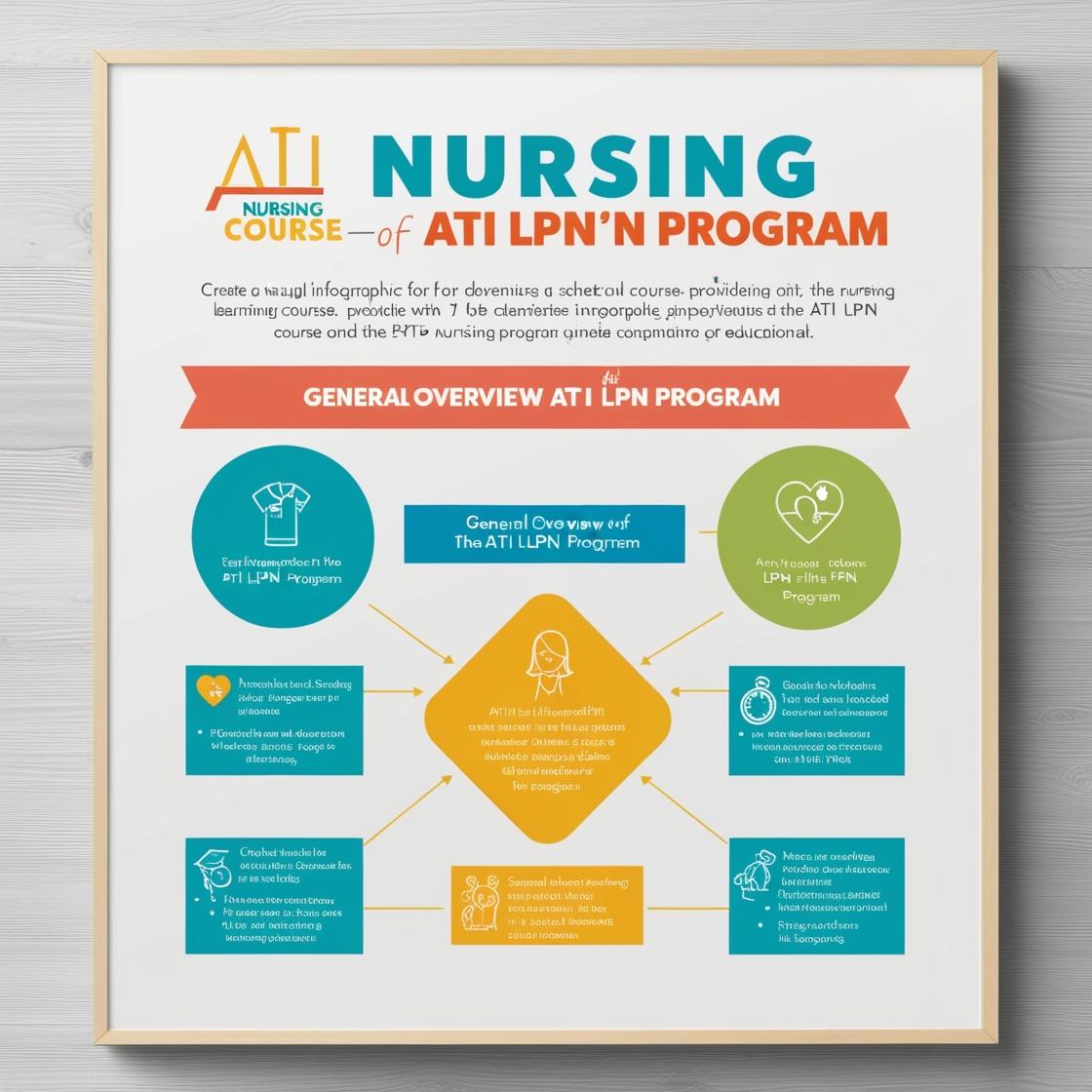LPN LPN
PN ATI Capstone Maternal Newborn
1. A client is being treated for eclampsia. What is a priority nursing intervention?
- A. Assess for hyperreflexia
- B. Administer oxygen
- C. Monitor blood pressure every 15 minutes
- D. Prepare for delivery
Correct answer: A
Rationale: The correct answer is to 'Assess for hyperreflexia.' Eclampsia is a severe complication of pregnancy that involves seizures. Hyperreflexia, an overactive or overresponsive reflex, is often an early sign of impending eclampsia. By assessing for hyperreflexia, nurses can identify this warning sign and take preventive measures to manage the condition before seizures occur. Administering oxygen (Choice B) may be necessary but is not the priority in this situation. Monitoring blood pressure (Choice C) is important but assessing for hyperreflexia takes precedence as it can lead to immediate life-threatening complications. While preparing for delivery (Choice D) may ultimately be necessary, the immediate priority is to assess for hyperreflexia to prevent seizures.
2. A nurse is providing education to a client who is 28 weeks pregnant and at risk for preterm labor. Which of the following signs should the nurse instruct the client to report immediately?
- A. Lower back pain
- B. Shortness of breath
- C. Decreased fetal movement
- D. Nausea and vomiting
Correct answer: A
Rationale: Lower back pain, especially if accompanied by uterine contractions or pressure, can be a sign of preterm labor. The client should report this immediately to prevent complications or early delivery. Shortness of breath (Choice B), decreased fetal movement (Choice C), and nausea and vomiting (Choice D) can be common during pregnancy but are not typically associated with preterm labor. While they should be monitored, they are not immediate signs of concern for preterm labor.
3. A client who is being admitted for induction of labor is receiving teaching about newborn safety from a nurse. Which of the following client statements indicates an understanding of the teaching?
- A. I will check the identification badge of anyone who removes my baby from our room.
- B. I should include a photo of my baby along with any public birth announcements on social media.
- C. I will allow my baby to sleep on the bed in my room when I am in the shower.
- D. I should expect the nurses to carry my baby in their arms to the nursery.
Correct answer: A
Rationale: Choice A is the correct answer because the client should verify the identification badge of anyone removing their baby to ensure the infant's safety and prevent abduction. This statement demonstrates an understanding of the importance of strict identification protocols in the hospital setting. Choice B is incorrect because including a photo of the baby in public announcements does not relate to newborn safety teaching. Choice C is incorrect as it is unsafe to allow a baby to sleep on the bed unsupervised. Choice D is incorrect because nurses typically encourage parents to carry their baby to the nursery themselves for bonding and security reasons.
4. A nurse is caring for a client who is receiving oxytocin to augment labor. The client has an intrauterine pressure catheter and an internal fetal scalp electrode for monitoring. Which of the following is an indication that the nurse should discontinue the infusion?
- A. Contraction frequency every 3 minutes
- B. Contraction duration of 100 seconds
- C. Fetal heart rate with moderate variability
- D. Fetal heart rate of 118/min
Correct answer: B
Rationale: A contraction duration of 100 seconds indicates potential uterine hyperstimulation, which can lead to fetal distress and decreased uterine perfusion. Prolonged contractions may reduce oxygen supply to the fetus, putting it at risk. Discontinuing the oxytocin infusion is crucial to prevent adverse effects on both the mother and the fetus. The other options do not raise immediate concerns that would necessitate discontinuing the oxytocin infusion. Contraction frequency every 3 minutes is within a normal range. Fetal heart rate with moderate variability and a rate of 118/min are both reassuring signs of fetal well-being.
5. What is the nurse's next action after a laboring client's membranes have just ruptured?
- A. Assess fetal heart rate pattern
- B. Monitor uterine contractions
- C. Administer oxygen
- D. Prepare for delivery
Correct answer: A
Rationale: After a laboring client's membranes have ruptured, the nurse's immediate priority is to assess the fetal heart rate pattern. This assessment is crucial to ensure the fetus is not in distress, especially to rule out umbilical cord compression that could affect blood flow to the fetus. While monitoring uterine contractions is important, assessing the fetal heart rate takes precedence in this situation as it directly reflects the fetus's well-being. Administering oxygen may be necessary later depending on the fetal status, and preparing for delivery should only occur if the assessment indicates fetal distress or other complications. Therefore, the correct next action for the nurse is to assess the fetal heart rate pattern.
Similar Questions

Access More Features
ATI LPN Basic
$69.99/ 30 days
- 50,000 Questions with answers
- All ATI courses Coverage
- 30 days access @ $69.99
ATI LPN Premium
$149.99/ 90 days
- 50,000 Questions with answers
- All ATI courses Coverage
- 30 days access @ $149.99
